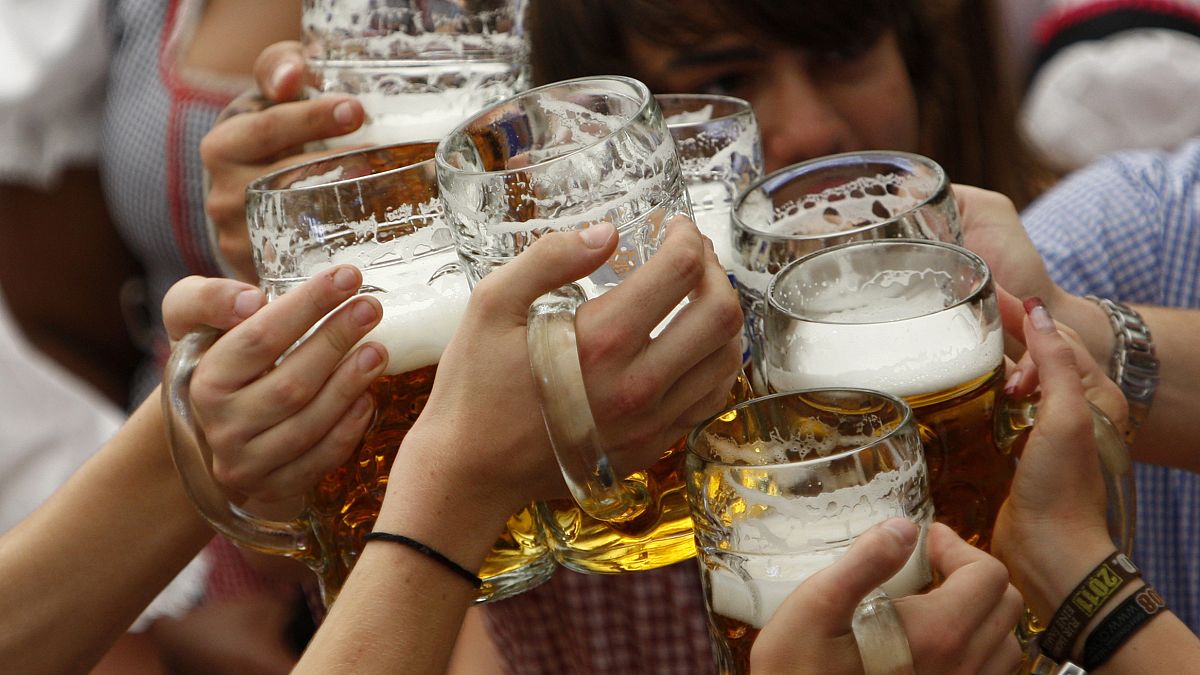More than 3000 people a year in Scotland are dying from diseases brought on by lack of exercise. To be exact: 3,185 people. Of these, 80% are individuals who fall into the "very low" category for physical activity, meaning that they are doing less than 30 minutes a week of moderate exercise.
"Moderate" exertion is classed as an activity which raises the heart rate and makes you breathe faster. A brisk walk could count, if you break a sweat. Calculating exactly how much mortality results from physical inactivity is a complicated epidemiological equation.

READ MORE: Obesity, deprivation, women - and the surprising cost of being 'too fat' Lifestyle medicine: Is this 'common sense' approach a cure for ailing NHS? Heart valve disease is a killer - so why are so many cases going undetected, and untreated? Obesity in an ageing population 'is biggest issue for the NHS' For a start, it depends on how reliable the numbers are that you are feeding into it are - and that can be challenging. Nonetheless, it is a question Public Health Scotland has sought to answer, and their best estimate - published on Tuesday - is that our extremely sedentary lifestyles cost 3,185 lives in 2022. So how do they come up with that figure? Firstly, they have to extrapolate what proportion of Scotland's population is exposed to a given "risk factor" - in this case, physical inactivity.
The equation used to calculate the burden of mortality or disease from physical inactivity. PAF stands for the proportion of all cases of a particular health outcome (e.g.
death) that can be attributed to physical inactivity (Image: PHS) For this, they use responses to the annual Scottish Health Survey where a representative sample of private households - 8,689 addresses for the most recent report - are quizzed over the telephone about their health and lifestyle behaviours. Physical activity is bracketed into four levels: very low activity (less than 30 minutes a week of moderate exercise); low activity (30-59 minutes); some activity (60-149 minutes); or meeting recommended levels (150 minutes of moderate exercise each week). Periods of vigorous activity can also be taken into account.
These findings are used to generate a national picture. Inevitably, a lot depends on how representative the sample is and how honest respondents are. As a general rule, just as members of the public tend to underplay their alcohol and calorie intakes, they tend to overplay activity.
Currently, it is estimated that a third of the population does not meet recommended levels of aerobic activity; the reality is probably worse. Two and a half hours of moderate physical activity per week is recommended for adults (Image: Newsquest) The other key element of the equation is "relative risk" (RR). This gauges the "magnitude of association" between extremely low physical activity levels and specific chronic diseases, or all-cause mortality (your chances of dying from anything).
For example, physical inactivity is considered to have "no significant relationship" to kidney or ovarian cancer; a 0.69 RR for all-cause mortality (meaning the odds of dying prematurely in a given year are 69% higher for those with extremely low activity compared to people of same age group achieving recommended activity levels); and rises to a peak RR of 0.97 for breast cancer, or 0.
89 for lung cancer. Of course, this is also tricky. Diseases were included only if there was "convincing or probable" evidence of a causal association with physical inactivity, or "evidence that suggests there is a correlation".
This is generally drawn from existing studies where researchers have tracked a large cohorts of people, often over decades, to see what they die from and when. Excluding other variables (deprivation, ethnicity, smoking etc) a link is then identified between premature mortality and activity levels, but - as with all lifestyle-based research - it is very difficult to account for all possible variables (differences in fruit and vegetable intake, for example). All of which is to say that the figure of 3,185 is somewhat inexact - but it's the best guess we have.
Ischaemic heart disease, lung cancer, stroke, bowel cancer, and Type 2 diabetes were the biggest killers when it came to years of life lost prematurely due to lack of exercise. Very low activity levels had a much bigger impact on mortality than low/some activity, across all the diseases included for analysis (Image: PHS) PHS noted that since 80% of the mortality falls in the "very low" activity category, the "public health priority" should be to get weekly activity levels up to 30-60 minutes for this group. It adds that there "would appear to be much greater public health benefit from supporting the 'very low active' to move to the 'low active' category, than from 'low active' moving to 'some activity'".
This is because exercise seems to be governed by the law of diminishing returns: the risk of chronic disease appears to fall quickly with a small addition of physical activity, but this benefit curve gradually flattens out with each additional hour of exercise. As a result, someone exercising 20 hours a week might not be gaining much more, in terms of long-term health benefits, that someone working out for four hours. This may have something to do with how the body has evolved to conserve energy.
While the "eat less, move more" mantra is still touted as the common sense path to weight loss, the physiological mechanisms appear to be a bit more complicated. Surprisingly, people living in hunter gatherer communities do not seem to expend more energy on average than Western officer workers (Image: Getty) A landmark study by the US anthropologist Herman Pontzer turned the science on its head when he followed the Hadza hunter-gatherers in northern Tanzania. Their daily calorie expenditure was quantified precisely by monitoring oxygen consumption against carbon dioxide output (the gold standard scientific technique for measuring metabolism) and their activity levels were tracked with GPS.
The scientists were astounded to discover that – despite moving much more - Hadza adults were burning roughly the same calories each day as American and European office workers. As opposed to burning extra calories over and above the 2000-2,500 an average adult needs to run all their normal bodily functions, from thinking and digestion to breathing and keeping the heart beating, the main benefit of exercise is now thought to come from its restorative effects on the body. READ MORE: Daily Mile pioneer Elaine Wyllie: 'It helps everything from fitness to numeracy' It's easy to hate Glasgow cycle lanes - but they could save the city Doctors: Young people in deprived areas 'should be given free gym memberships' If the muscles are using up energy by jogging, for example, body responds by dialling down its energy expenditure on other functions – such as immune or stress systems – so that overall calorie usage remains roughly the same.
Giving these other systems a ‘rest’ helps them to recover, function better, and reduces inflammation. The trouble for public health experts is that the instant gratification of weight loss is probably an easier sell than the delayed and intangible prospect of being less likely to die early from chronic disease some time in the future. Making our towns and cities more conducive to walking and cycling would be a good start though.
.


















